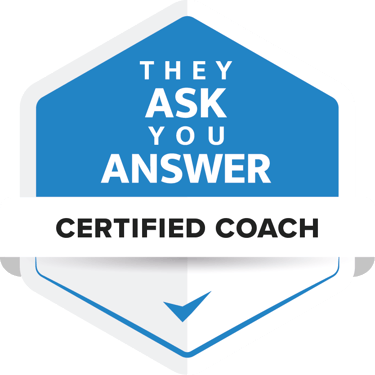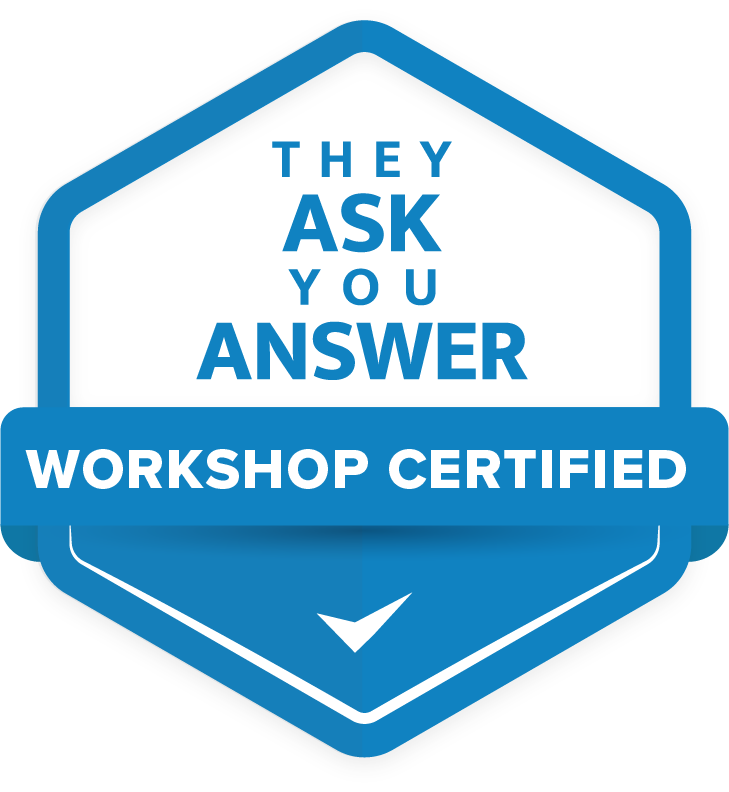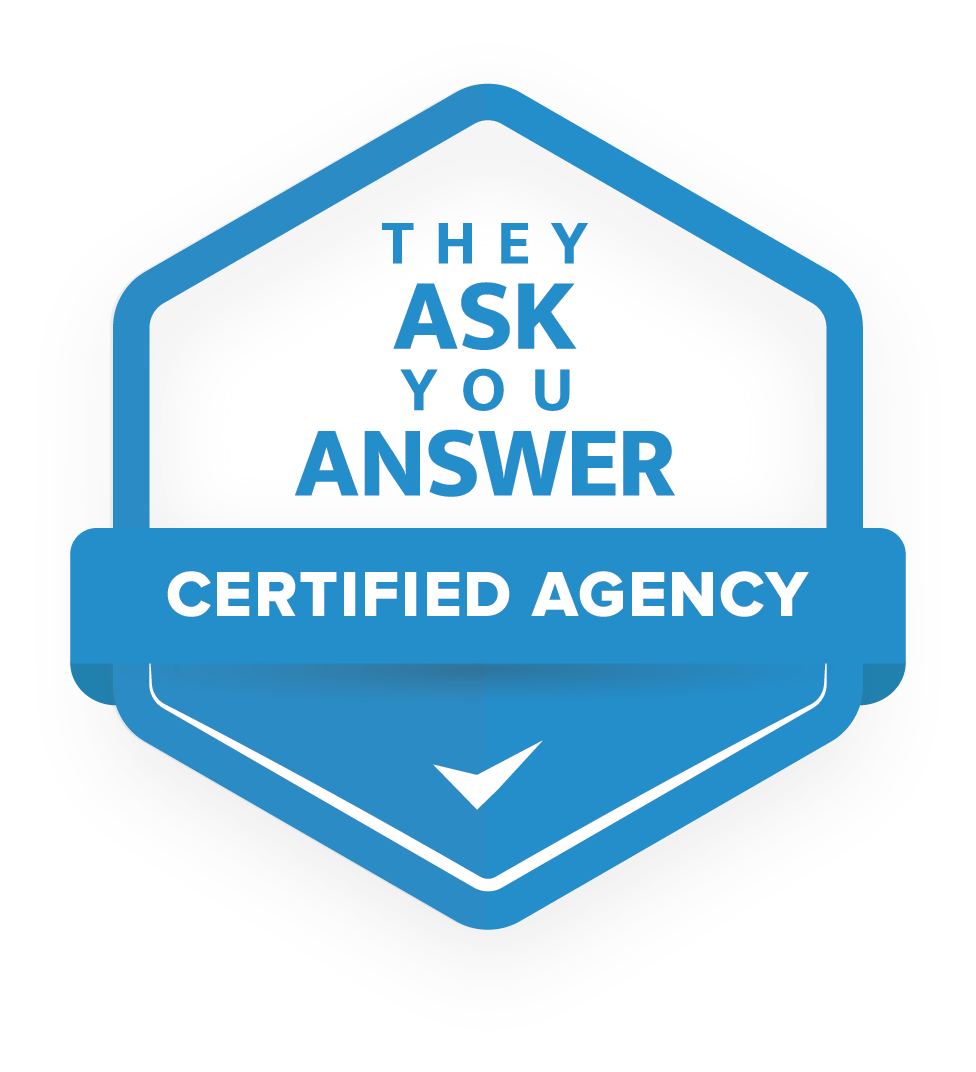What is a learning centre and why does my Web site need one?

Many companies completely miss the mark in their approach to blogging. They often see their blog as a place where they can post the occasional announcement and other light-hearted content like:
If this sounds familiar to you, it's time for a different approach.
That's not to say you should never blog about the above topics again. But if you want your business blog to generate sales, you must inform your customers on your blog about what you sell and how your offering solves their problem.
Not by cramming your blogs full of ads for your own products (another mistake we often see companies make), but by helping your customers make the buying decision that is right for them.
In addition, it is important to provide this type of content in an intuitive way so that your website visitors can easily navigate through it.
At Buzzlytics, we help our clients do this by creating a learning centre.
1. Why helpful content is the best way to connect with customers
At Buzzlytics, we work with all kinds of companies who come to us because they want more leads.
We tell our clients that their website should be their best salesperson - one that never sleeps and always has the answers your customers are looking for.
Your best salesperson knows why buyers should choose one material over another, or what the difference is between your product or service and that of the competition. The content on your Web site should do the same.
To do that, there should be educational content on your website that is easily searchable, whether it's blog posts, videos, podcasts, buyer's guides, e-books or anything else.
This content ensures that your visitors enter the sales conversation well informed, or drop out because they have already come to the conclusion that your offer does not suit them. This saves your sales team a lot of time.
Educational content transforms your website from just a marketing tool to one that enables sales.
But what does this look like in practice?
Congratulations, you have just offered a crucial source of information to someone in need! But where does he go next?
This visitor can become a great lead to pass on to your sales team, but only if he continues to find what he is looking for.
Are related articles easy to find and linked in an intuitive way? Suppose visitors come across a term they don't know, can they click through for more information?
You need to make it easy for them to find that information so they can consume the content at their own pace. This means they need to be able to search, rank and filter content.
Imagine if they then read "Determining the cost of foundation repair: top 5 factors affecting price," or "15 questions to ask before hiring a foundation repair contractor."
Gradually, they begin to see your company as an expert who can help them with their problem.
Let's take a closer look at what happened here.
Three important things stand out:
This is inbound marketing at its best: offering educational material that helps a visitor become a customer.
It's about answering visitors' questions in helpful content (what we call They Ask, You Answer ) AND organizing that content in a way that feels natural and intuitive.
If you do these things, you are addressing inbound marketing well.
2. A learning centre helps turn visitors into customers
Simply put, a learning centre is a gathering place for your most important educational content. It's where your visitors or customers go to find answers to their specific questions, or to find information about something they want to learn more about.
Your learning centre should contain your most important blog articles, educational videos and downloadable content, and be searchable by topic, target audience, content type and other components.
The content in the learning centre should revolve around informing your customer during the purchase process and contains only content that can help visitors solve their problems.
Customers buy from companies they trust.
Marcus Sheridan, author of They Ask, You Answer, puts it pithily:
"Trust is the true currency in business."
Many years ago, when Marcus was in charge of sales for his fiberglass swimming pool company, he began writing content that addressed the key questions his customers were asking.
Instead of going for the "hard sell," he preferred honesty and candor.
Marcus believed in the pools he sold, but he knew that this material was not suitable for every customer. There were drawbacks, such as limited dimensions, and customization options that made his pools best suited for a specific type of customer.
Instead of telling everyone why fiberglass pools were best, he wrote honest comparisons to other materials and methods. He listed the pros and cons of all the materials and methods so that customers could decide for themselves what kind of pool would suit them best.
If Marcus had only gone into the benefits of fiberglass swimming pools - as many other companies would have done - he would get dissatisfied customers and his business would suffer in the long run.
Instead, he focused on building trust - and he saw that unbiased content was the most effective way to do that.
As Marcus says:
"If people don't trust you, they won't feel that you have their best interests at heart or that you actually deliver on your promises. They won't trust you to solve their problems. Simply put, if people don't trust you, they won't want to buy from you."
Trustworthy content is honest, transparent and unbiased.
3. Add a learning centre to your website
Setting up a learning centre for your Web site is part of Buzzlytics' TAYA Mastery program.
This is how we approach it:
How do you know if your learning centre is working?
A well-functioning learning centre should improve all the inbound marketing metrics you care about. Helpful content can lower bounce rates and increase the time users spend on your site. These are two things associated with increased organic search traffic. A thoughtful site structure increases conversion rates and lowers bounce rates.
In short, a learning centre filled with educational content should generate more leads and get more buyers into the sales process.
At the same time, you gain more insight into each step of the customer journey.
User data helps you track, test and evaluate the effectiveness of your content and learning centre.
Using tracking data from Google Analytics or HubSpot, you can see exactly how visitors reach and move through your site.
With heat mapping tools like Hotjar, you can see how content is being read and which CTAs are getting the most attention.
If you want to improve certain metrics, you have the data to do so, whether it's changing conversion texts, CTA placement or content strategy.
Remember: an informed customer is a good customer
The more a customer can learn about your products, business and buying process, the better.
If he is a suitable prospect, he will enter your sales process with fewer questions and a clearer idea of exactly what he is looking for.
If he is not a suitable prospect, he is more likely not to enter your sales process at all. Therefore, you won't waste time on conversations that lead nowhere.
With a learning centre, you can provide website visitors with all the information they need to become customers, helping sales get qualified leads.
Related articles
October 10, 2024
-
Reading time: +/- 11 min
April 12, 2024
-
Reading time: +/- 11 min
February 13, 2025
-
Reading time: +/- 7 min








